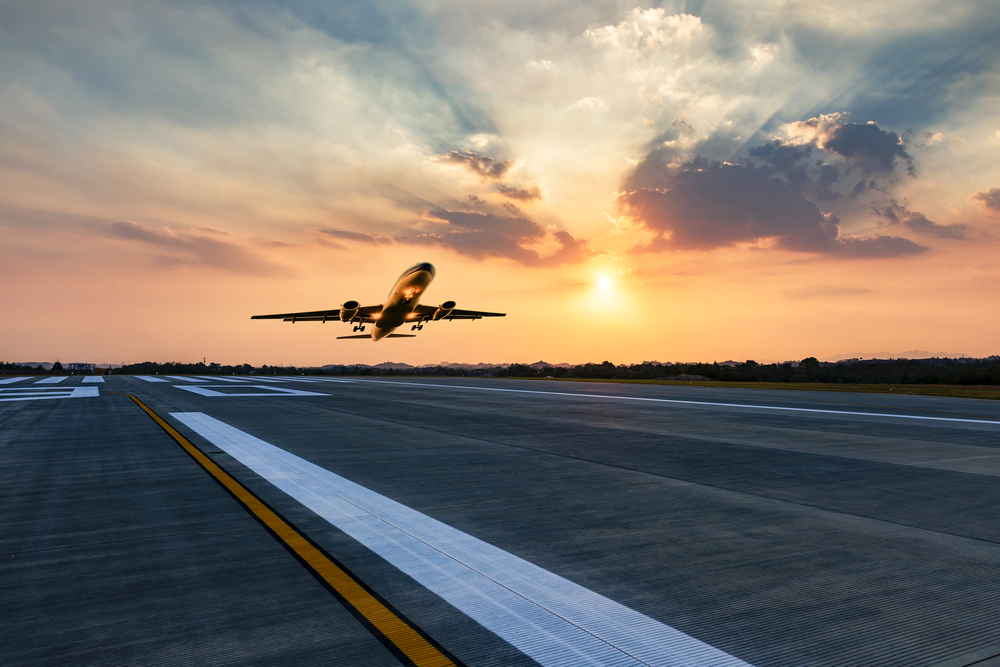

Runway numbers how to#
It does require you to tab out of the game (unless you use a tablet, phone, or second PC), so it’s not my first choice in how to approach this problem. This will allow you to plan out your approach long before you get near your destination. The first trick is to use a website called SkyVector to find the airport you’re landing at and view the diagram of that airport.
Runway numbers simulator#
Thanks to the fine people at GameRevolution, we’ve learned of a cool trick to finding the correct runway in Microsoft Flight Simulator 2020. Find the correct runway - Microsoft Flight Simulator 2020 Thankfully, there’s a much better way to find the correct runway to land on, and it’ll make you feel accomplished to pull it off. All too often I see the airport in the distance and wait to hear the air traffic controller call out the correct runway, but then I must spot it from the air and circle into position. However, most of the transpositions occurred at SFO.If you’re like me you’ve been struggling to find the correct runway to land on in Microsoft Flight Simulator 2020.

The analysis also identified several other airports with the potential for a runway number transposition error involving runways of different lengths, the SAFO said. The analysis could not identify causes of the events, but “it was determined that some events were likely associated with a number transposition,” the SAFO said. A subsequent analysis of the ASIAS database found an additional 25 takeoffs at SFO with less than 1,000 ft remaining on the runway. The air carrier’s data was shared with the Commercial Aviation Safety Team and the Aviation Safety Information Analysis and Sharing (ASIAS) program as “a potential systemic issue in the National Airspace System,” the SAFO said. Its actions included prioritizing Runways 01L/R as primary takeoff runways, adding a caution note to the TPS data for SFO and locking out 10L/R data. “The flight crew realized the safety implication and associated risks and promptly submitted a voluntary safety report describing the event under the aviation safety action program (ASAP),” the SAFO added, noting that the air carrier reviewed their report and evaluated the event under its safety management systems process “to identify the underlying factors that contributed to the event and implemented mitigation procedures to avoid a reoccurrence.”Īfter examining data from its ASAP and flight operational quality assurance (FOQA) program, the carrier found that similar, less serious errors had occurred before the 2017 event and implemented strategies designed to prevent other problems in the future. The transposed runway numbers “resulted in an actual takeoff runway length (for 01L) that was 4,220 feet less than what was calculated by the TPS (for 10L),” the SAFO said.ĭata provided for Runway 10L included settings intended for longer runways, and with those settings, the airplane was rotated at standard speed and took off with 400 ft of usable takeoff distance remaining, the SAFO said. The actual departure, however, was to be conducted from Runway 01L. In Safety Alert for Operators (SAFO) 18009, issued earlier this month, the FAA described the San Francisco event, in which takeoff performance system (TPS) data provided for an airliner by the air carrier included information for Runway 10L. Federal Aviation Administration (FAA), citing a 2017 event at San Francisco International Airport (SFO), is cautioning flight crews and operators about risks associated with transposing runway numbers during data entry.


 0 kommentar(er)
0 kommentar(er)
